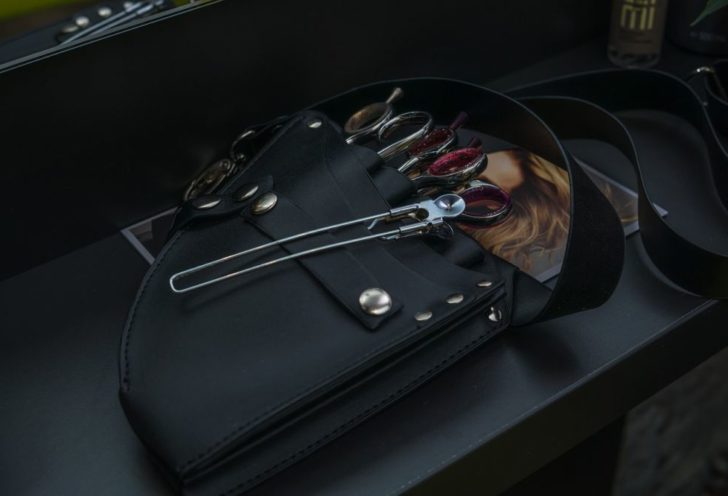Curling Paralympics Final: A Comprehensive Guide to the Exciting Sport

Curling Paralympics Final: A Stunning Display of Skill and Strategy
Introduction:

The Curling Paralympics Final is a highly anticipated event that showcases the incredible talent and determination of athletes with physical disabilities. Played on ice, this sport requires a unique blend of precision, teamwork, and strategic thinking. In this article, we will provide a thorough overview of the Curling Paralympics Final, including the different types of curling, its popularity, and quantitative measurements associated with the sport. We will also delve into the differences between various curling events and provide a historical review of the advantages and disadvantages they possess.
A Comprehensive Presentation of Curling Paralympics Final
What is curling?
Curling is a winter sport that originated in Scotland and has gained tremendous popularity worldwide. It involves two teams, each consisting of four players, battling against each other on a rectangular ice sheet called a curling rink. The objective is to slide granite stones across the ice, aiming to place them as close as possible to the center of a target circle known as the house. This requires strategic placement and accurate sweeping to control the stone’s speed and direction.
Different Types of Curling:
1. Wheelchair Curling: This is the Paralympic adaptation of curling for athletes with physical impairments affecting their lower limbs. It follows the same rules as traditional curling but incorporates the use of specialized wheelchairs. These wheelchairs are designed to provide stability and enable wheelchair-bound players to deliver the stones.
2. Standing Curling: Standing curling is another Paralympic discipline where athletes with physical impairments affecting their balance and coordination can participate. Unlike wheelchair curling, players stand on their feet and use delivery sticks to slide the stones. This allows individuals with limited mobility to compete and enjoy the sport.
Quantitative Measurements and Statistics
Curling Paralympics Final attracts a considerable audience and generates impressive numbers:
1. Viewership: The Curling Paralympics Final is broadcasted to millions of viewers worldwide, captivating audiences with its strategic gameplay and inspiring performances.
2. Social Media Presence: Curling Paralympics Final garners significant attention on various social media platforms, with fans eagerly sharing highlights, live updates, and engaging in online discussions during the event.
3. Sponsorship and Revenue: With its widespread popularity, the Curling Paralympics Final attracts numerous sponsors and generates substantial revenue streams for participating teams and organizations.
Exploring the Differences in Curling Paralympics Final
Although all curling events aim to achieve the same objective, there are notable differences between the Curling Paralympics Final and other curling competitions:
1. Adaptive Equipment: The Curling Paralympics Final utilizes specialized wheelchairs and delivery sticks to accommodate the unique needs of athletes with physical disabilities. This aspect sets it apart from traditional curling competitions.
2. Rule Modifications: The rules of the game may be slightly modified in the Paralympic setting to ensure inclusivity and fair competition among athletes with various impairments. These modifications take into account the diverse range of disabilities present among participants.
Historical Overview of Advantages and Disadvantages
Over the years, the Curling Paralympics Final has evolved and faced both advantages and disadvantages:
Advantages:
1. Increased Inclusivity: The Paralympic adaptation of curling has allowed individuals with physical disabilities to participate in and excel at the sport, garnering recognition and inspiring others.
2. Community Engagement: The Curling Paralympics Final has generated a passionate community of athletes, coaches, and fans dedicated to fostering inclusivity, creating a strong sense of camaraderie and support.
Disadvantages:
1. Limited Resources: Accessibility to specialized curling equipment and rinks tailored to the needs of athletes with disabilities may still be lacking in certain regions, inhibiting wider participation and development.
2. Lack of Public Awareness: Despite its remarkable qualities, curling Paralympics finals may not receive the same level of public awareness and support as its traditional counterpart, potentially hindering its growth and sustainability.
Conclusion:
The Curling Paralympics Final is a captivating competition that exemplifies the resilience and skill of athletes with physical disabilities. With its unique adaptations, inclusivity, and growing popularity, this event showcases the power of sports to inspire and unite people from all backgrounds. As the Curling Paralympics Final continues to evolve, it remains an essential platform for celebrating diversity and pushing the boundaries of athletic achievement while spreading the message of equality and inclusion.





















